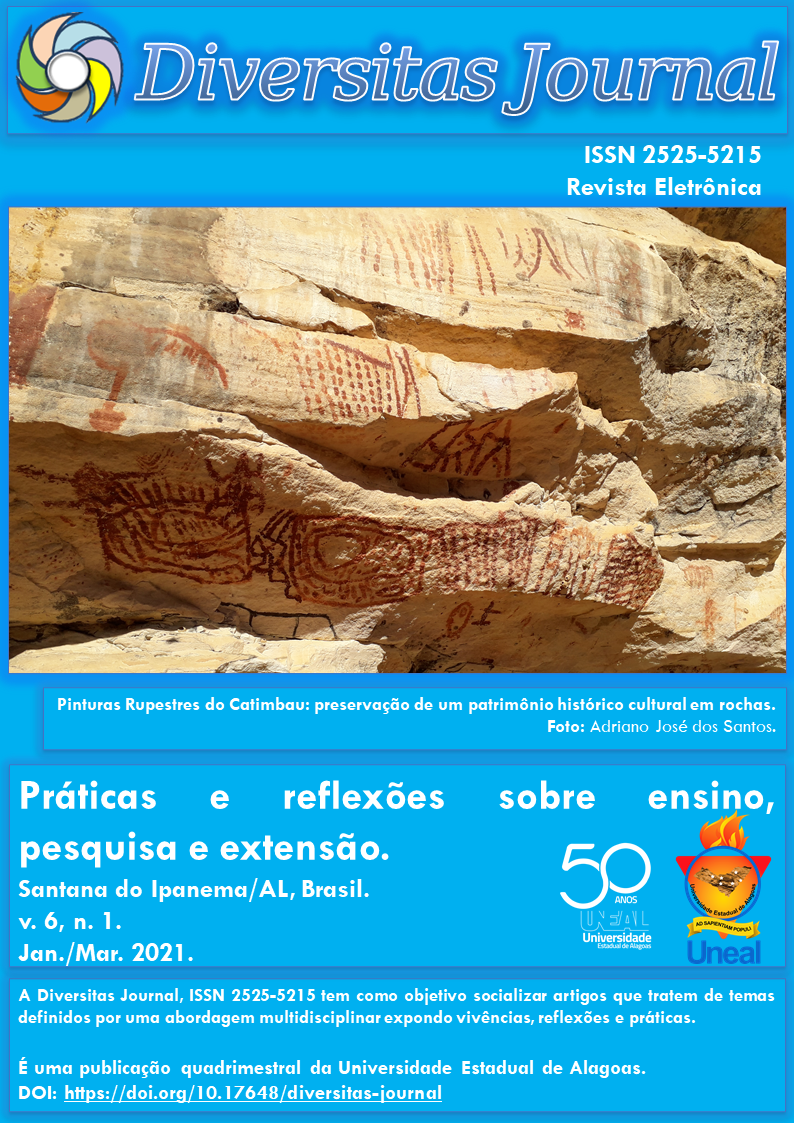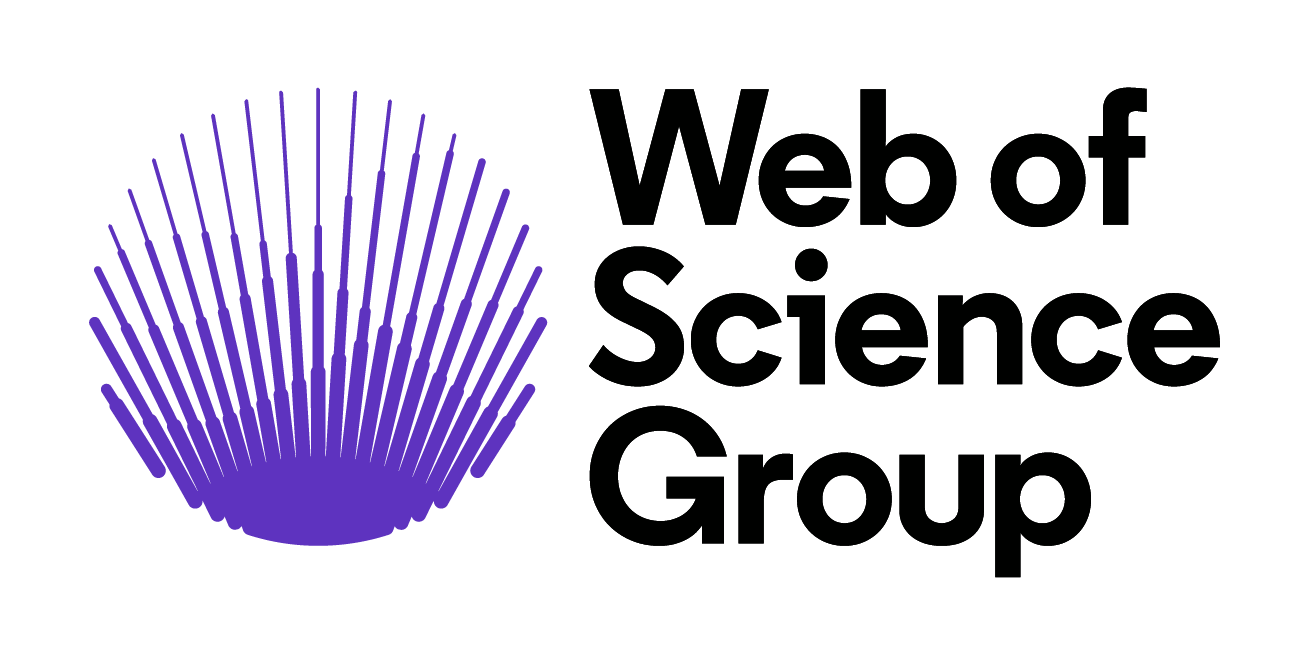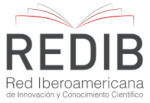Criação e usos do aplicativo LineAlg como objeto de aprendizagem na Educação Básica
DOI:
https://doi.org/10.17648/diversitas-journal-v6i1-1596Abstract
ABSTRACT: Mathematical literacy is indispensable to educational processes that train people capable of fully exercising their citizenship. The contemporary school also cannot do without technologies like computers and mobile electronic devices. This work articulated in both needs with the objective of developing an application for auxiliary teaching-learning processes of matrices, determinants and systems of linear equations in High School. To this end, bibliographic research was carried out on the common teaching of linear algebra and, consequently, the development of a mobile application using a Python language and a Kivy library. Functions were applied that allow calculating and verifying the calculations step by step, as well as taking lessons through a chatbot, still an application for balancing defined equations. In addition to these uses, there is also an activity with the application, an objective of highlighting the potential of classes to increase mathematics and individual studies of students in algebra, even remotely.
KEYWORDS: Mathematics teaching, Digital technologies, Linear algebra.
Metrics
References
BITTAR, Marilena; GUIMARAES, Sheila Denize; VASCONCELLOS, Mônica. A integração date cnologia na prática do professor que ensina matemática na educação básica: uma proposta de pesquisa-ação. REVEMAT –Revista Eletrônica de Educação Matemática. V3.8, p.84-94, UFSC. 2008. Disponível em: <https://periodicos.ufsc.br/index.php/revemat/article/view/13033>. Acessado em 15 jul. 2020.
BRASIL. Ministério da Educação. Diretrizes Curriculares Nacionais da Educação Básica. Brasília: MEC, SEM, DICEI, 2013. BRASIL. Ministério da Educação. Base Nacional Comum Curricular: Educação é a base. 2018. Disponível em: <http://basenacionalcomum.mec.gov.br/images/BNCC_EI_EF_110518_versaofinal_site.pdf>.Acessado em 15 jul. 2020.
BRASIL, S.B., SANTOS, BE. P. & FERENHOF, H. A. Mobile learning: Um estudo exploratório sobre aprendizagem com mobilidade no brasil. IJKEM -International Journal of Knowledge Engineering and Management, Universidade de Santa Catarina, vol.7, num. 19, Santa Catarina. 2018.
FONSECA, Maria da Conceição F. R.. Sobre a adoção do conceito de numeramento nodesenvolvimento de pesquisas e práticas pedagógicas na educação matemática de jovens e adultos. IX ENEM, 2007, Belo Horizonte [Anais eletrônicos...] Belo Horizonte, 2007. CDROM.
KIVY ORGANIZATION. Kivy: Cross-platform Python Framework for NUI Development, C2019. Home page. Available from: <https://kivy.org/#home>. Acessado em 16 jul. 2020.
KIVY’S DEVELOPER REVISION. Buildozer, C2014. Documentation. Available from: <https://buildozer.readthedocs.io/en/latest/>. Acessado em 16 jul. 2020.
LOCHHEAD, Jack; MESTRE, José P.. Das Palavras à Álgebra: corrigindo concepções erradas. In: COXFORD, Arthur F. e SHULTE, Albert P. As ideias da Álgebra. São Paulo: Atual, 1995. Acessado em 15 jul. 2020.
MICROSOFT CORPORATION. Github: Built for developers, c2020. Home page. Available from: <https://github.com/>. Acessado em 16 jul. 2020.
PONTE, J.; BROCARDO, J.; OLIVEIRA, H. Investigações matemáticas na sala de aula. 3.ed. Belo Horizonte: Autêntica, 2016.
PYTHON SOFTWARE FOUNDATION. Python, c2020. Home page. Available from: <https://www.python.org/>. Acessado em 16 jul. 2020.
ROCHA, Hugo. Chatbot: o que é, para que serve, como funciona e como criar o seu. Klickpages, 2019. Disponível em: <https://klickpages.com.br/blog/chatbot-o-que-e/>. Acessado em 17 jul. 2020.
Downloads
Published
How to Cite
Issue
Section
License
Copyright (c) 2021 Thiago Ribeiro da Silva, Wesley Lucas Fernandes dos Santos, Ewerton Roosewelt Bernardo da Silva, Alisson Werner Arruda de Arruda

This work is licensed under a Creative Commons Attribution 4.0 International License.
The Diversitas Journal expresses that the articles are the sole responsibility of the Authors, who are familiar with Brazilian and international legislation.
Articles are peer-reviewed and care should be taken to warn of the possible incidence of plagiarism. However, plagiarism is an indisputable action by the authors.
The violation of copyright is a crime, provided for in article 184 of the Brazilian Penal Code: “Art. 184 Violating copyright and related rights: Penalty - detention, from 3 (three) months to 1 (one) year, or fine. § 1 If the violation consists of total or partial reproduction, for the purpose of direct or indirect profit, by any means or process, of intellectual work, interpretation, performance or phonogram, without the express authorization of the author, the performer, the producer , as the case may be, or whoever represents them: Penalty - imprisonment, from 2 (two) to 4 (four) years, and a fine. ”


















